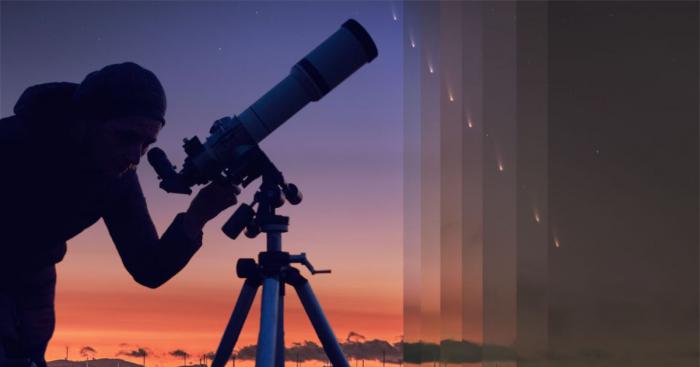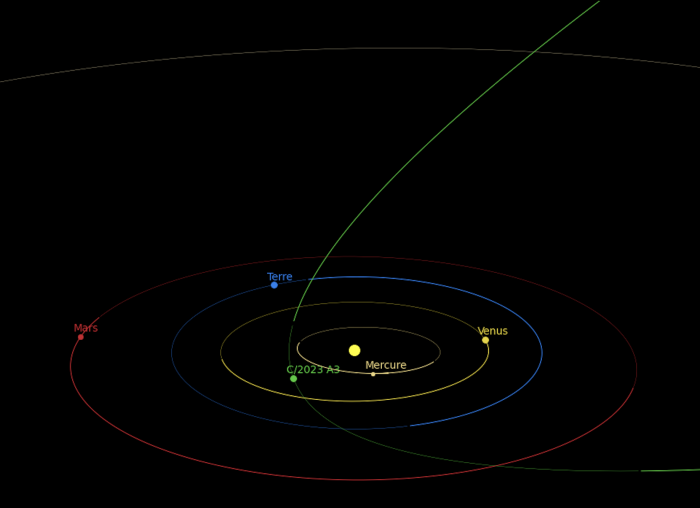After the Devil's Comet, it is another very rare astronomical phenomenon that we will be able to hope to admire: the comet C/2023 A3 or comet Tsuchinshan-Atlas, considered the comet of the century which is approaching the Sun. This stellar object which enjoys an exceptional luminosity will light up the sky this weekend and could well be visible to the naked eye when it approaches the Earth by mid-October. We explain how to see it and where to look.

Tsuchinshan-Atlas, the comet of the century not to be missed this weekend and in October
Comets are composed of rocks, dust and ice and when they approach our planet, these celestial objects leave long clouds of gas in our sky. Imagine that this weekend, one of them is approaching the Sun and should be visible to the naked eye by mid-October.
This comet is known as Tsuchinshan-Atlas or C/2023 A3. Astronomers also call it the comet of the century. And for good reason: This Friday, September 27, it will pass 58 million kilometers from our star. Something it has not done for 80,000 years.

This object has been discovered in January 2023 and is coming out of the Oort cloud in our solar system at a speed of 240,000 km/h. Comet Tsuchinshan-Atlas has been wandering through the far reaches of space for millions of years. When it was discovered, the comet attracted the attention of specialists because of its incredible brightness: it shines 100 times brighter than all other comets observed in the last century. Side size, impossible to say but one thing is certain, it is imposing.

How can you hope to see it this weekend?
If you want to admire it this weekend, the Paris Observatory recommends observe it until Monday, September 30, one hour before sunrise and in an east-southeast direction above the clear horizon. Ideally, you should choose a site far from light pollution and even if it must be visible to the naked eye, astronomers recommend equipping yourself with binoculars.

If you miss it, rest assured, it will be possible to hope to see it in the sky from October 13. The comet will be at most near Earth at a distance of 71 million kilometers. This time, you will have to look towards the western horizon, which is still very clear, and this, at least one hour after sunset. strong>

